DHA test. Omega 3 breastfeeding nutrients in Mother’s Milk
£ 49.95
Add to compareA breastfeeding mother should try to be healthy so that she and her child get enough breastfeeding nutrients, including vitamins, trace elements, and especially fatty acids, which are very important in the first few years of life. The DHA test can measure and optimise fatty acid levels.
The importance of fatty acids as breastfeeding nutrients for children’s health
There are many evidence-based health benefits of omega 3 for kids. Here, I mention just some of them. To learn more, read my article on DHA in omega 3 for women and children.
- Fatty acids act as the building blocks for the brain and nervous system, and these breastfeeding nutrients are especially important during the first 1000 days of a child’s life.
- The most crucial component for the development of a child’s eyes. Inadequate supply of these omega breastfeeding nutrients during the body’s developmental phases can eventually impair eyesight, cognition, and protective mechanisms.
Every mother who breastfeeds should consider optimising her breastfeeding nutrients, especially omega-3 levels, because most people do not get enough of this important nutrient in their diet. Therefore, monitoring fatty acids, the breastfeeding nutrients in the body, is crucial for optimal health. The DHA test in breast milk will help determine the quantity of fatty acids in the milk. Knowing your DHA levels will help you choose the right supplements and make dietary changes so the mother and baby receive adequate omega-3 intake.
Did you know? Around 40% of all brain fats are made up of DHA.
Thanks to the innovative test format – dry drop- the DHA test can be performed anywhere in the world. Doing this test to determine your DHA levels is painless and very convenient, especially for breastfeeding moms.
When to do the test?
- Not before 2–4 weeks after a baby is born.
- Anytime after 2–4 weeks of breastfeeding.
- Two weeks after dietary changes and supplements have been implemented.
Instructions on how to perform the test to find out the omega 3 breastfeeding nutrients
- Do the first test no sooner than two weeks after the baby is born. After this time, the composition of the milk becomes more stable and accurate.
- Collect the sample during the first meal of the day. Do not eat anything before, and don’t take supplements.
NOTE! According to research, breast milk is the best method to provide a child with this fatty acid.
Benefits of performing the DHA test
- Find out your omega 3 levels – the breastfeeding nutrients for your baby.
- Implement dietary changes and add the right amount of supplements to address the deficiency quickly.
- Control your levels before and after adopting new healthy habits to ensure you get enough fatty acids throughout breastfeeding.
Recommendations from the Clinic of Functional Medicine and Nutrition
If you are planning a pregnancy or expecting a child, it is important to check your potential for breastfeeding nutrients, especially omega-3 levels, as soon as possible because getting the right amount of fatty acids is especially important for both the mother’s and the baby’s health before and during pregnancy.
You can do it in two ways:
1) Omega-3 blood test: just a drop of blood can tell you more than 30 omega-3 markers.
2) A quick Omega 3 Quiz – an online quiz will tell your approximate daily omega 3 intakes.
These tests can be purchased in the Functional Medicine and Nutrition clinic in Tunbridge Wells or online in our health shop.
Need help with interpretation and guidance on optimising your results and overall health? Book a consultation with one of our nutritional therapists.

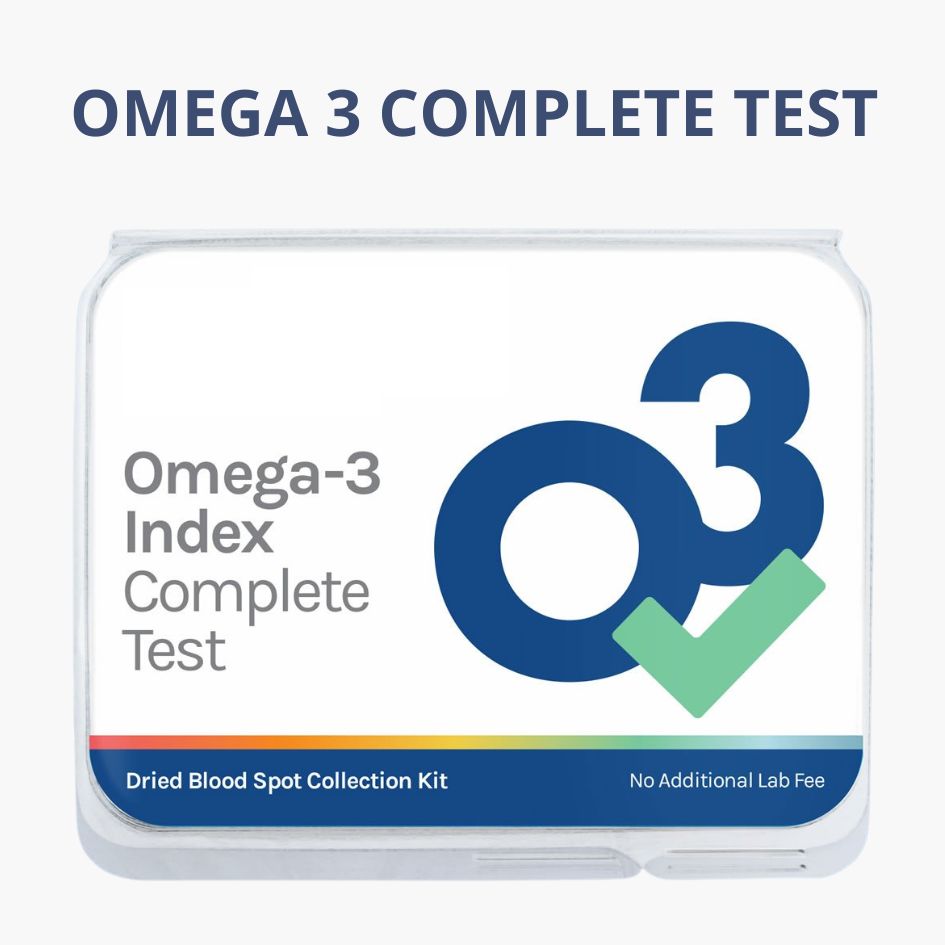
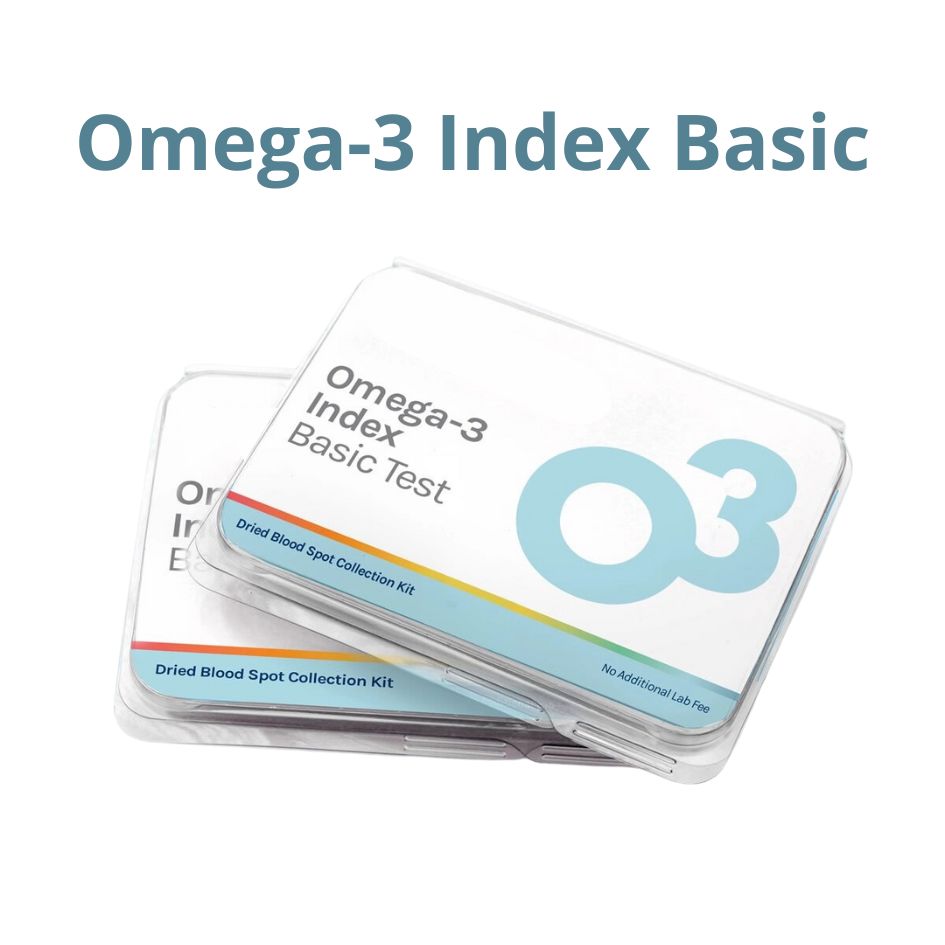


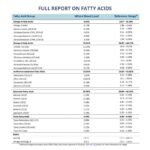

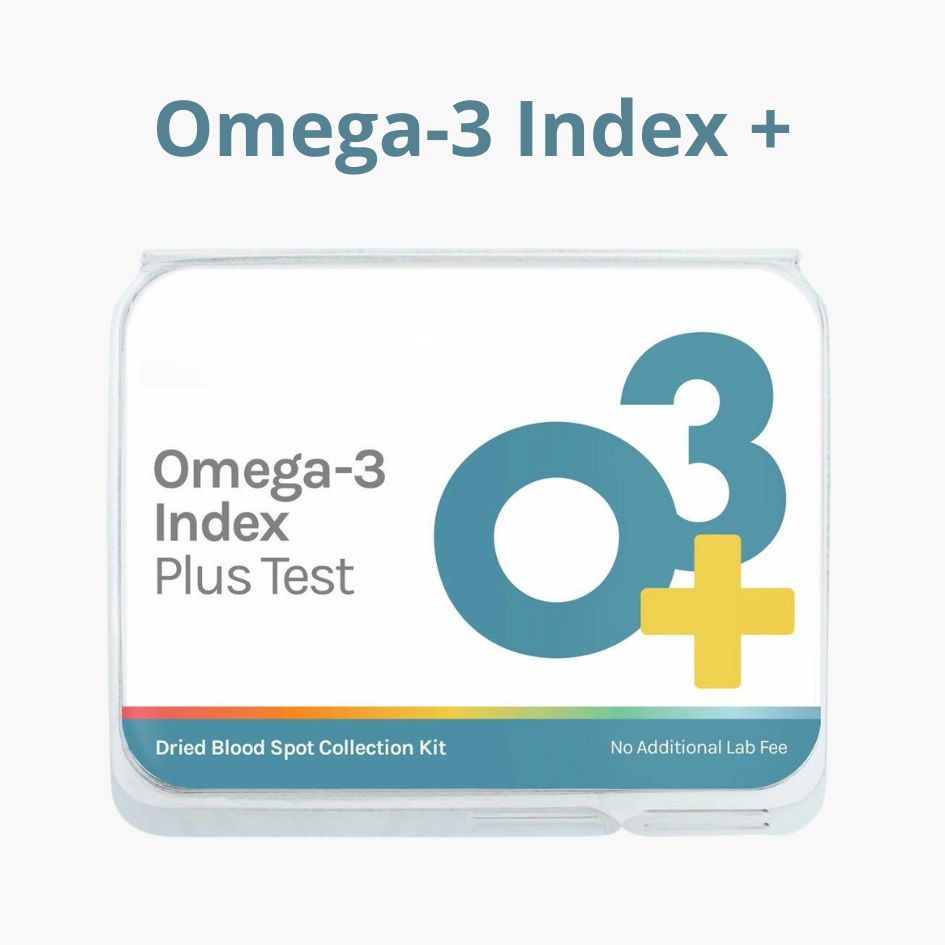
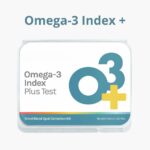
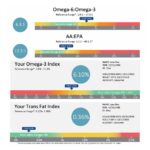
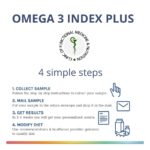


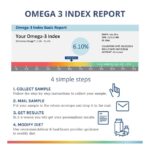
Reviews
There are no reviews yet.